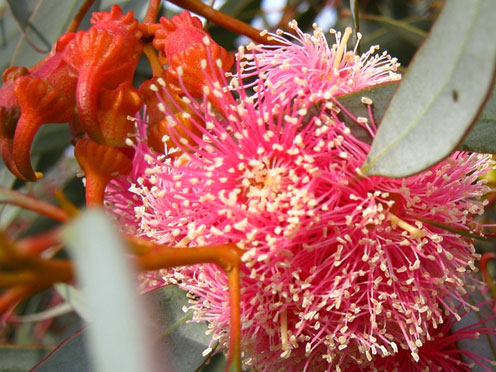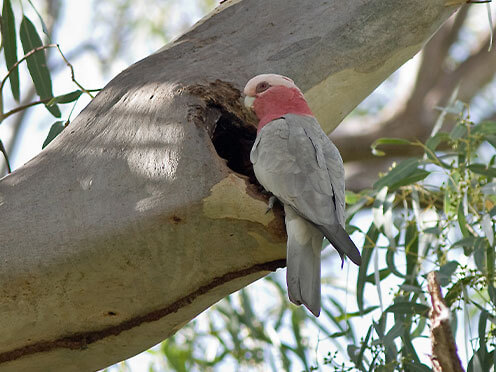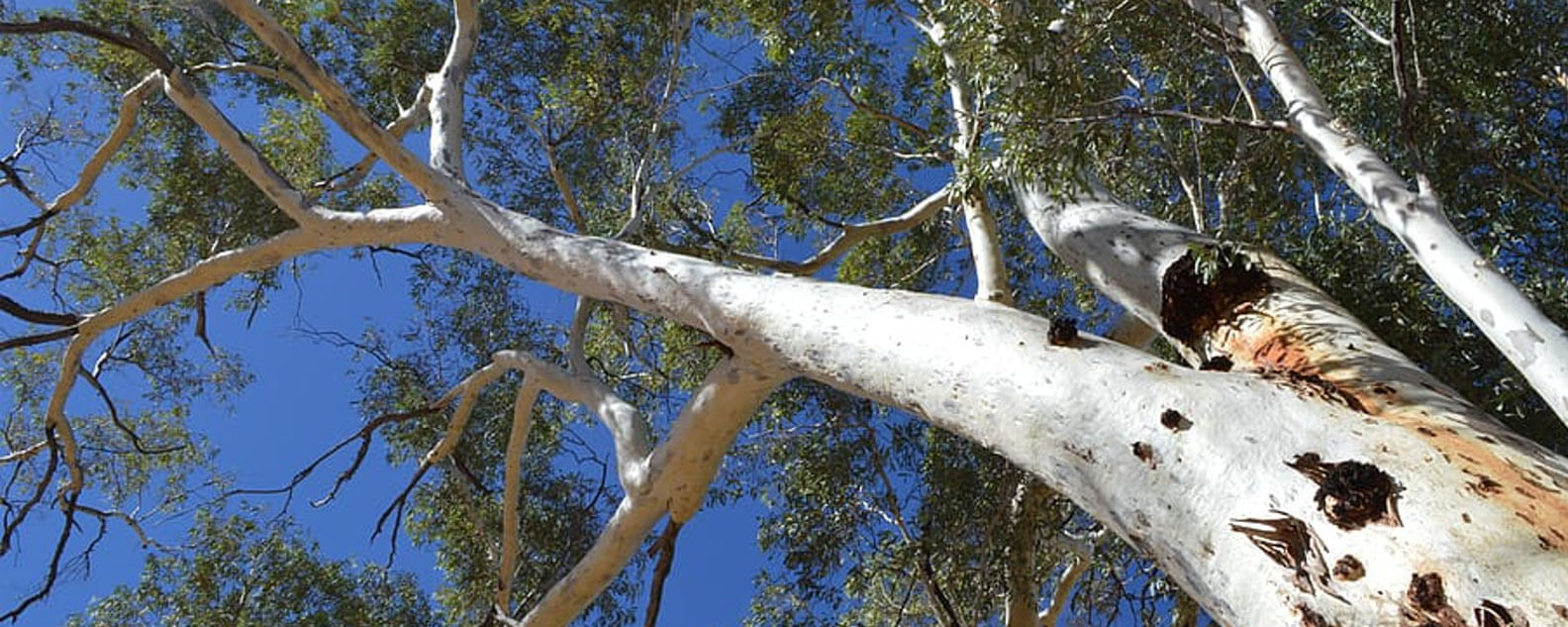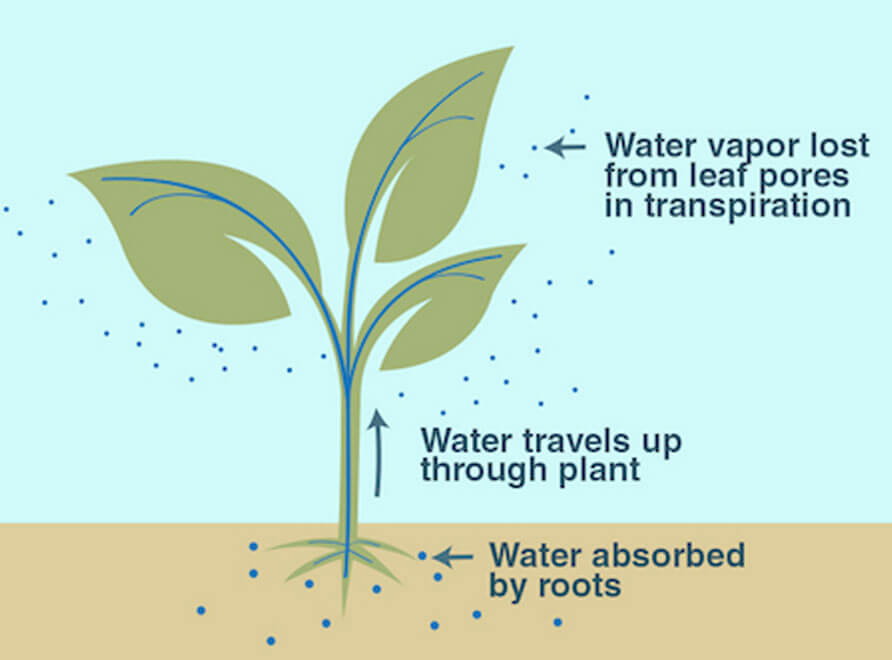Links to New South Wales Curriculum
Stage 2 Geography
Examines features and characteristics of places and environments (GE2-1)
Describes the ways people, places and environments interact (GE2-2)
Examines differing perceptions about the management of places and environments (GE2-3)
Acquires and communications geographical information using geographical tools for inquiry (GE2-4)
Skills
Acquiring geographical information
Develop geographical questions to investigate (ACHGS019, ACHGS026)
Collect and record relevant geographical data and information, for example, by observing, interviewing, conducting surveys, or using maps, visual representations, the media or the internet (ACHGS020, ACHGS027)
Processing geographical information
Represent data by constructing tables, graphs and maps (ACHGS021, ACHGS028)
Represent information by constructing large-scale maps that conform to cartographic conventions, using spatial technologies as appropriate (ACHGS022, ACHGS029)
Interpret geographical data to draw conclusions (ACHGS023, ACHGS030)
Communicating geographical information
Present findings in a range of communication forms, for example, written, oral, digital, graphic, tabular and visual, and use geographical terminology (ACHGS024, ACHGS031)
Reflect on their learning to propose individual action in response to a contemporary geographical challenge and identify the expected effects of the proposal (ACHGS025, ACHGS032)
Literacy capability
Numeracy capability
Information and Communication Technology capability
Critical and Creative Thinking capability
Personal and Social capability
Ethical Understanding capability
Intercultural Understanding capability.
Sensory activity safety:
Before smelling or tasting a plant, ask if any participants have hay fever/asthma/allergies
Only smell or taste a plant that has been identified as safe
Wash hands after each outdoor activity
Further reading for teachers
Euc Beut! A tribute to an Aussie icon: Eucalypts have had a significant role in shaping our history, culture, landscape and even childhood memories.
Kids connect with an Aussie icon: Apart from National Eucalyptus Day, there aren’t many opportunities to talk about the humble gum tree.
Revisiting our superhero trees for National Tree Day: At the Royal Botanic Garden Sydney, there are nearly 4000 trees, but some have reached a higher ‘celebrity’ status than others.
Nuts about Macadamias: Macadamia trees are a pollinator’s dream with thousands of long, pale pink inflorescences covering every branch.
Strangle or be strangled: The harsh reality of figs: In the canopy of a declining turpentine tree, the roots of four baby strangler figs will start to grow and strangle its host tree to death as part of a new horticultural experiment.
Did you know?
Koalas are fussy eaters, preferring only a few of the over 800 species of Eucalypts!
Eucalypt plantations all over the world total well over 20 million hectares:
- India – over 3.9 million hectares, 22% of world eucalypt plantation acreage
- Brazil – over 3.7 million hectares, 20% of world eucalypt plantation acreage
- China – over 2.6 million hectares 14% of world eucalypt plantation acreage
- Australia – by contrast only 5% of world eucalypt plantation acreage
Australia has 101 million hectares of natural eucalypt forest, and the total land area of Australia is 7.692 million square kilometres or 769,200,000 hectares.
Visit the Department Of Agriculture, Water and Environment webpage to view maps revealing data about forests.
Trees for the planet
Trees are essential to the health of our planet and of ourselves. They fight climate change, clean the air, improve water quality, prevent soil erosion, and provide habitats for animals – and for us!
Every year, National Tree Day is celebrated to highlight the importance of trees and raise awareness of the threats that we all face if trees are lost.
National Tree Day started in 1996 and has grown into Australia's largest community tree-planting and nature care event. Over 26 million trees have been planted by more than 5 million people. National Schools Tree Day is usually held at the end of July every year. Get your school involved and register now.
Humans are biophilic, meaning we have a need to seek special connections with nature, especially trees and plants. Because of this, being in nature reduces stress and anxiety in humans, in addition to other health benefits. How do you feel after resting under a tree on a hot summer’s day, protected in the shade of its canopy? Do you have many trees around your home and school? Perhaps you have favourite tree that you visit sometimes.
'Give Me a Home Among the Gum Trees' is a famous Australian song you might have heard which expresses our love of the iconic gum tree. Watch the video below to enjoy the song in Auslan. Can you remember the signs for tree, home, and kangaroo?
Home Among the Gumtrees – Auslan
Tree to tree
As you’ve learned, without trees many animals would have nowhere to call home. A single tree can provide a home to many living things including mammals, reptiles, birds and smaller organisms such as insects, fungi and other plants.
But did you know that some scientists think that trees 'talk' to and trade nutrients with each other in their forest home? They do this underground via a series of networks with the nickname of the Wood Wide Web. This is why the loss of one tree has an effect on all other trees in the same area. Learn more about the amazing Wood Wide Web by watching the video below.
How trees secretly talk to each other - BBC News
Activities: Iconic and important
1. Discuss
'The best time to plant a tree was 20 years ago. The second-best time is now.'
Use Think, Pair, Square, Share to discuss the meaning of this Chinese proverb.
2. Exploring outdoors
Learn skills in the outdoor classroom that is the Australian bush by getting yourself close to trees to receive the health benefits only nature can provide.
Take a look at some fun activities here: Tree Climbing, Digging Sticks and Shelter Building.
3. Act and dance
The Wood Wide Web is fascinating, isn’t it? Watch the video ‘How trees secretly talk to each other - BBC News‘ again, and with your class, use your body to act out or do an interpretive dance that shows the connections between trees.



